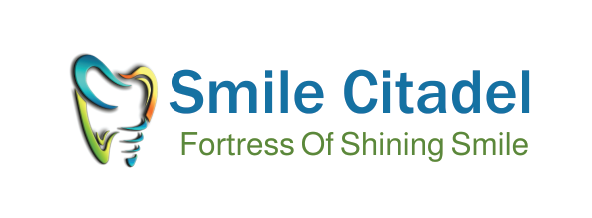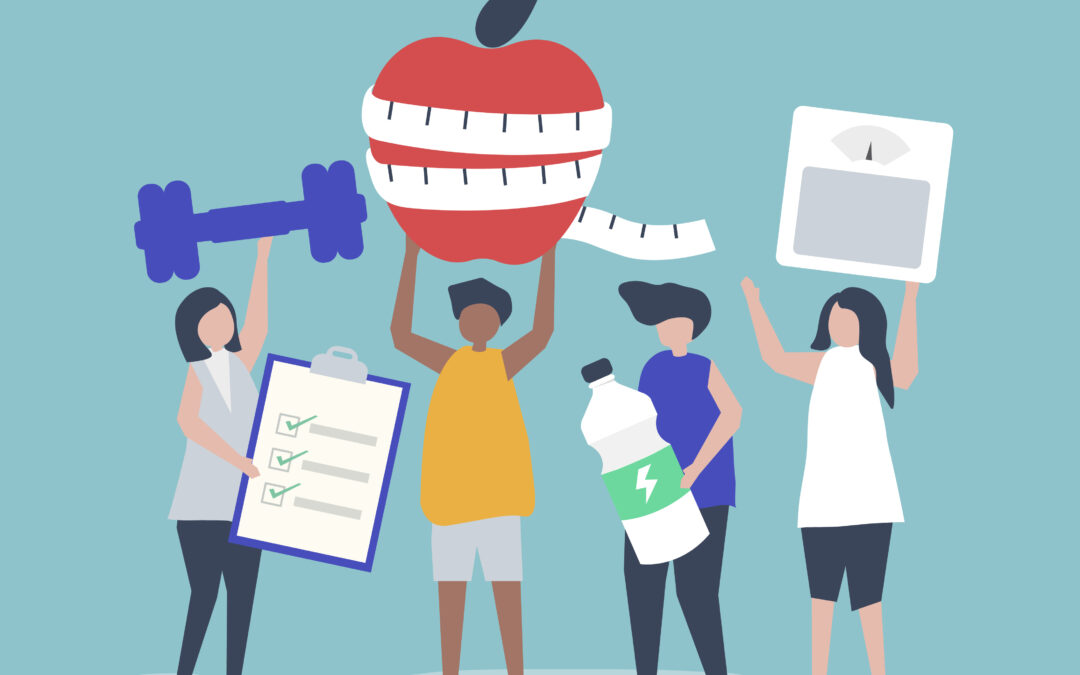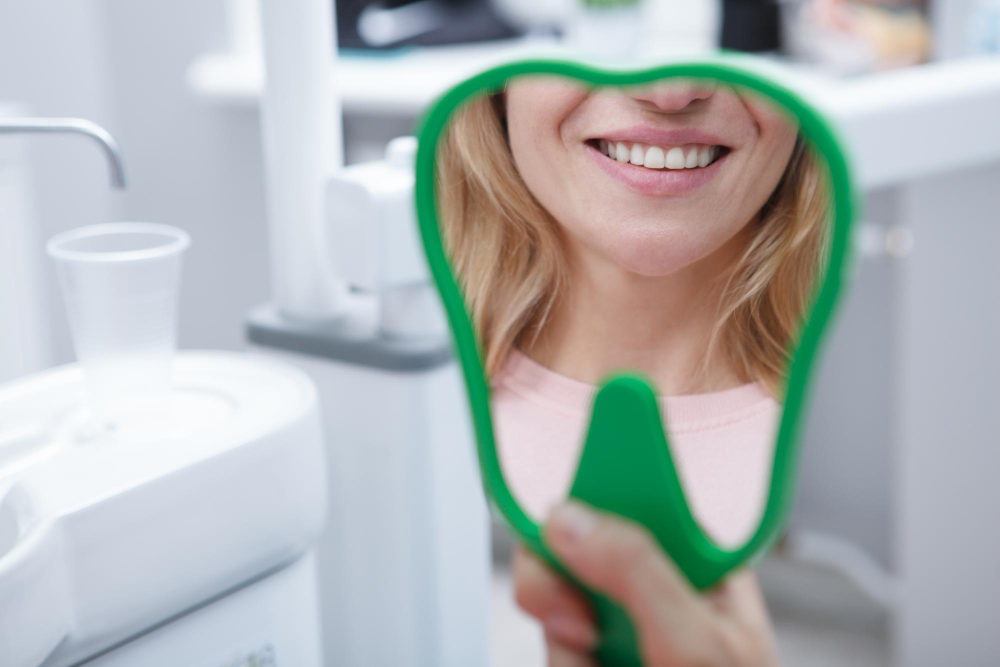
Link Between Your Oral Health & Overall Wellness
As professionals, our emphasis on maintaining your overall health is always there. But most people do not realize how connected your entire body’s health is with each part. Oral hygiene, for instance, is often neglected or simply thought of as an issue with your dentals. But you’d be surprised to know how severely it can harm your entire body if not taken proper care of.
Why Oral Health Needs Attention?
CDC reports that nearly 47% of adults above the age of 30 suffer from a form of periodontal disease here in the US. And we do not just mean gum or teeth issues, but also more severe issues like chronic inflammation, which may lead to dire consequences if left unattended. But due to factors like socioeconomic disparities, lack of insurance coverage, unawareness, etc. millions of Americans are at risk, especially those belonging to low-income communities.
Heart Health: An Unknown Connection
I have seen the surprise on many people’s faces every time they found out that their oral health is directly connected to their hearts. It mostly involves chronic gum inflammation, which can cause harmful bacteria to enter the bloodstream and lead to the development of atherosclerosis, which is the hardening of arteries. Studies have shown a direct link between periodontal diseases and an increased risk of strokes and cardiac arrests.
Diabetes & Oral Health: An Interconnected Path
As surprising as the connection between heart diseases and oral health were, the relation between oral health and diabetes would be equally expected, I’m sure. Naturally, severe gum diseases make it difficult to manage your diabetes and a poorly managed diabetes will eventually impact your oral health and hygiene. Since high blood sugar creates an ideal environment for bacteria to thrive in.
With over 37 million Americans living with diabetes, it begs the question, how soon should we consider the need for routine dental check-ups as a part of diabetes treatment?
Oral Hygiene’s Impact on Pregnancy
Diseases like gingivitis and periodontitis are directly linked to complications like premature birth and a low birth weight of the child during pregnancy. This has led to organizations like March of Dimes and the American College of Obstetricians & Gynecologist advocating for dental checkups as a part of prenatal care.
Since pregnancy is a very vulnerable stage for both the mother and the child, where even the smallest things can severely affect either’s health long-term.
Respiratory Health Risks
As you get older and your immune system starts weakening, the chances of you contracting various diseases increases significantly. Pneumonia, for example, is also associated with your oral hygiene. As bacteria present in you can travel all the way to your lungs, leading to infections. This is common among the older population as other, more prominent issues that come with age leads to a complete neglect of one’s oral health.
Lack Of Dental Care In America
A significant portion of the American population lacks dental insurance, which makes them unable to afford routine dental care or urgent treatments. This is due to the fact that dentals are not a standard coverage in many health insurance plans in the US.
Access to good dentists is also severely uneven across the whole country. Especially in rural areas, which makes the cost of treatment rise more than the community can afford.
Preventive Measures For Better Hygiene
Fortunately, improving your oral health is often about being consistent, rather than complex procedures:
- Brush twice daily using fluoride toothpaste
- Floss at least once a day to remove plaque between teeth
- Visit your dentist at least twice a year, even if nothing seems wrong
- Manage systemic conditions like diabetes and high blood pressure
- Be proactive if you experience bleeding gums, persistent bad breath, or dry mouth
Additionally, it is always advised to seek out your healthcare providers regarding dental insurance options, or simply visit local and affordable dental schools and clinics.
Final Thoughts
Your mouth is a mirror to your overall health. It’s not just about teeth and gums—it’s about your heart, your lungs, your brain, your emotional wellbeing, and even your future quality of life. As dental professionals practicing in the U.S., we urge every American to view dental care not as an elective, but as essential.
I hope through this blog you must have realized the importance of oral hygiene and how your mouth is a reflection of your overall health. It is crucial to understand that underlying health issues can arrive from anywhere and can impact not just you but your entire life too, along with those around you. So make sure to start visiting your dentist regularly.




